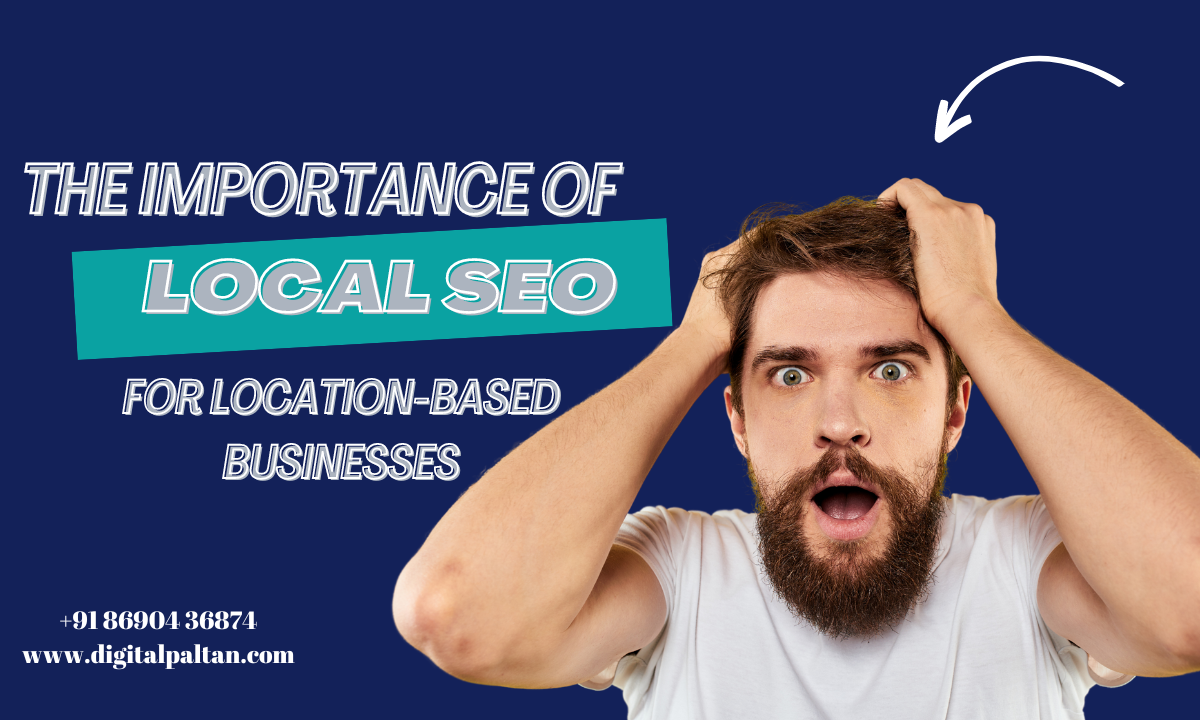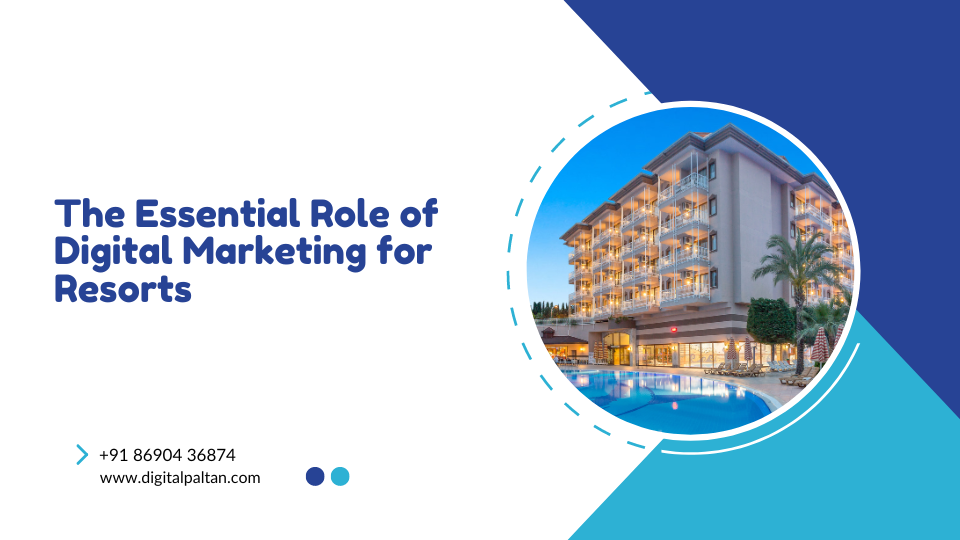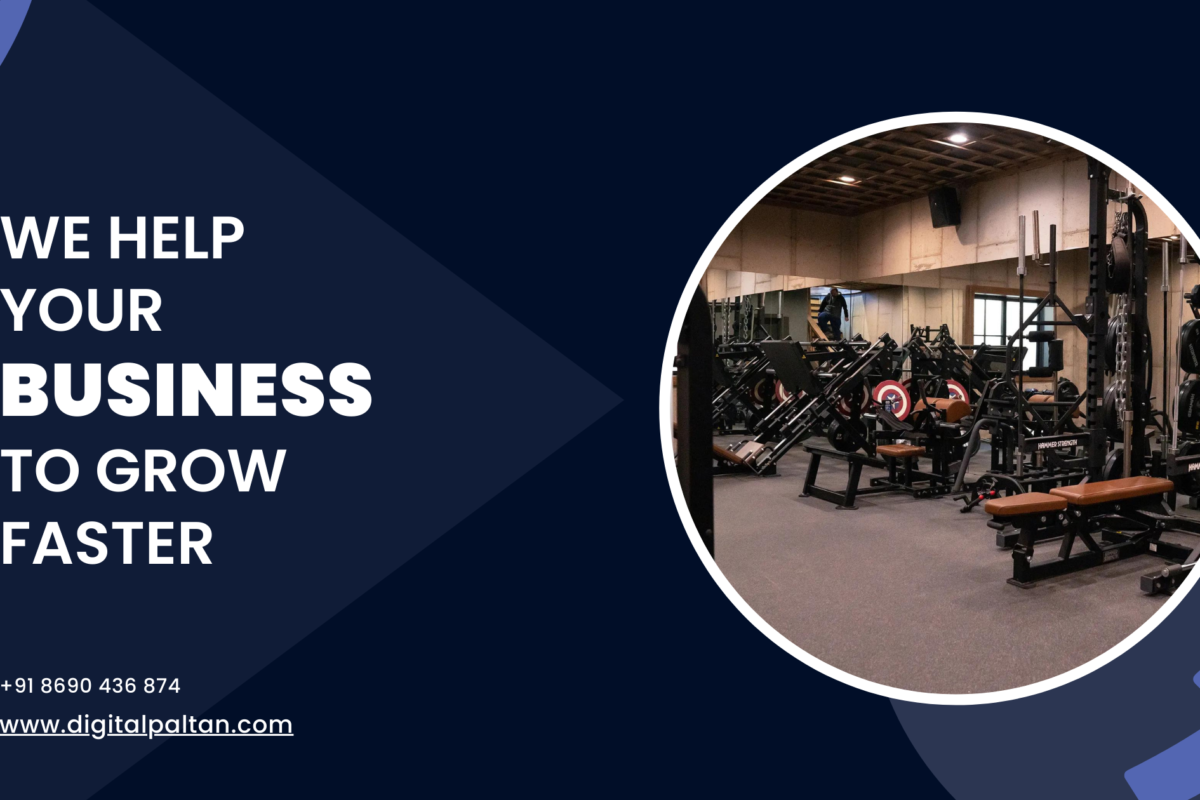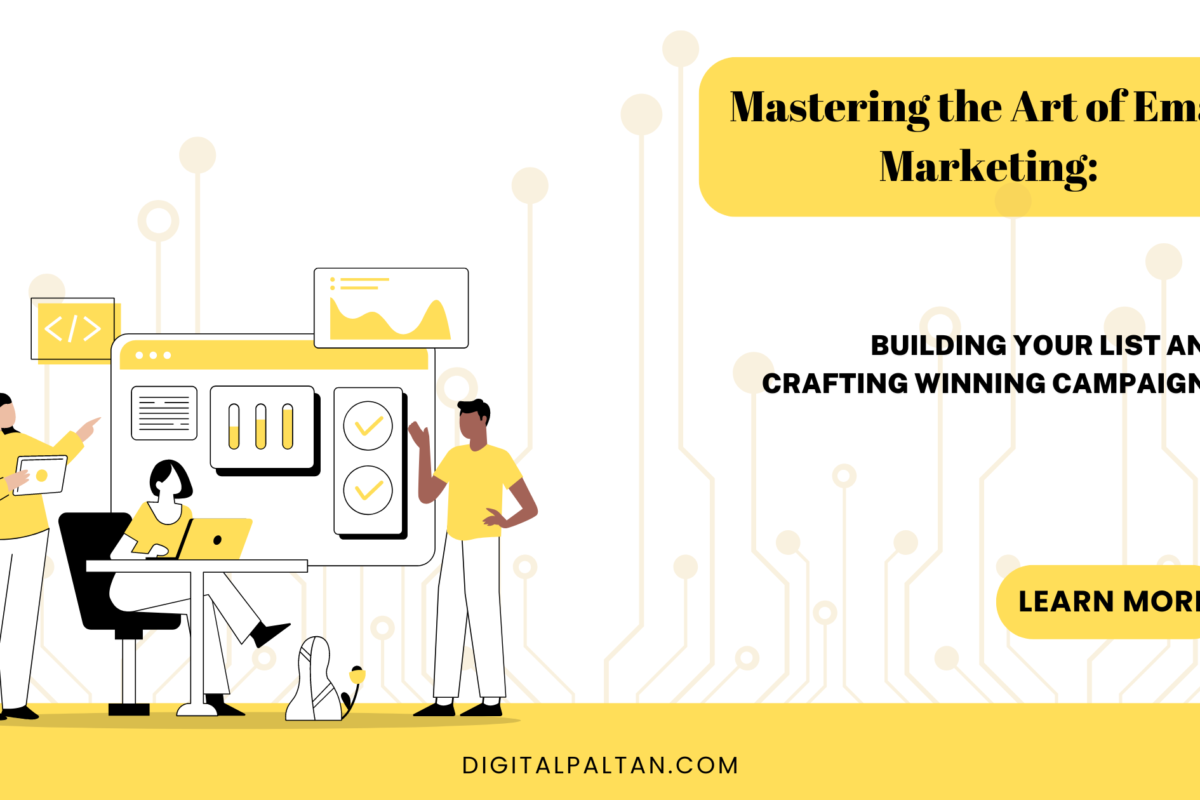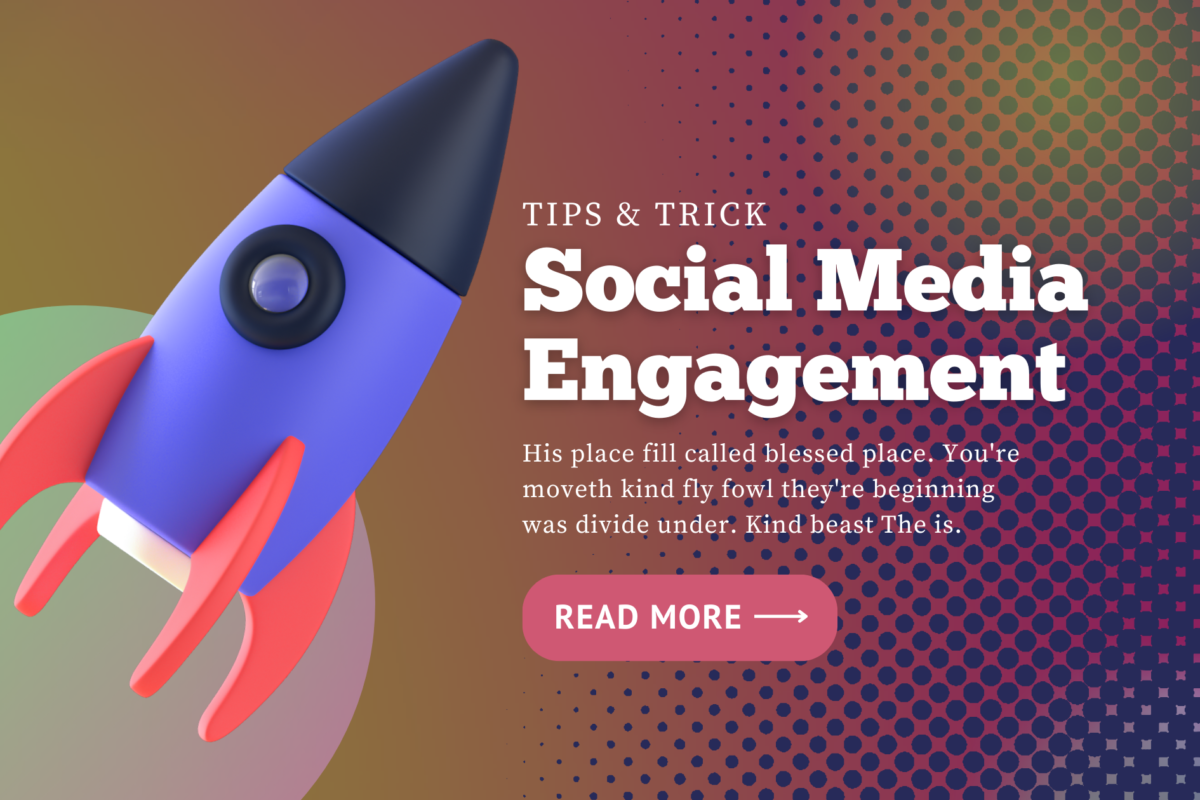In today’s fast-paced digital landscape, businesses are constantly seeking innovative ways to streamline their operations and boost their bottom line. Among the myriad of tools available, marketing automation stands out as a game-changer. By leveraging technology to automate repetitive tasks and personalize customer interactions, marketing automation has become an indispensable asset for businesses of all sizes. Let’s delve into the benefits that marketing automation can bring to your business:

- Increased Efficiency: One of the most significant advantages of marketing automation is its ability to streamline repetitive tasks. From email marketing and social media posting to lead nurturing and customer segmentation, automation tools can handle these tasks seamlessly, allowing your team to focus on more strategic initiatives. By automating routine processes, you can maximize productivity and make better use of your resources.
- Enhanced Lead Management: Marketing automation enables you to effectively manage leads throughout the entire sales funnel. By tracking customer interactions and behaviors, you can identify promising leads and nurture them with targeted content and personalized messaging. This not only increases the likelihood of converting leads into customers but also helps build stronger relationships by delivering relevant and timely communications.
- Personalized Customer Experiences: In today’s era of hyper-personalization, generic marketing messages no longer suffice. Marketing automation empowers businesses to deliver highly personalized experiences tailored to each individual customer. By analyzing data such as purchase history, browsing behavior, and demographic information, automation tools can segment customers into distinct groups and deliver content that resonates with their interests and preferences.
- Improved ROI: By automating repetitive tasks and delivering personalized experiences, marketing automation can significantly improve your return on investment (ROI). With targeted campaigns and more efficient processes, you can reduce marketing costs while increasing revenue generation. Additionally, automation allows for better tracking and analysis of campaign performance, enabling you to optimize your marketing efforts for maximum effectiveness.
- Better Customer Engagement: Engaging with customers across multiple channels is essential for building brand loyalty and fostering long-term relationships. Marketing automation enables you to maintain consistent communication with your audience through email, social media, SMS, and other channels. By delivering relevant content at the right time, you can keep your audience engaged and informed throughout their customer journey.
- Data-Driven Decision Making: In today’s data-driven world, insights gleaned from analytics play a crucial role in shaping business strategies. Marketing automation provides valuable data and analytics that can inform decision-making processes. By tracking key metrics such as open rates, click-through rates, and conversion rates, you can gain valuable insights into your audience’s behavior and preferences, allowing you to refine your marketing strategies for better results.
- Scalability and Growth: As your business grows, managing marketing tasks manually becomes increasingly challenging. Marketing automation scales with your business, allowing you to efficiently manage growing customer bases and expanding marketing efforts. Whether you’re a small startup or a large enterprise, automation tools can adapt to your needs and support your growth objectives.
In conclusion, marketing automation offers a myriad of benefits for businesses looking to streamline their marketing efforts and drive growth. From increased efficiency and personalized customer experiences to improved ROI and scalability, automation tools can revolutionize the way you market your business. By harnessing the power of technology, you can unlock new opportunities, strengthen customer relationships, and propel your business to new heights in today’s competitive marketplace.


